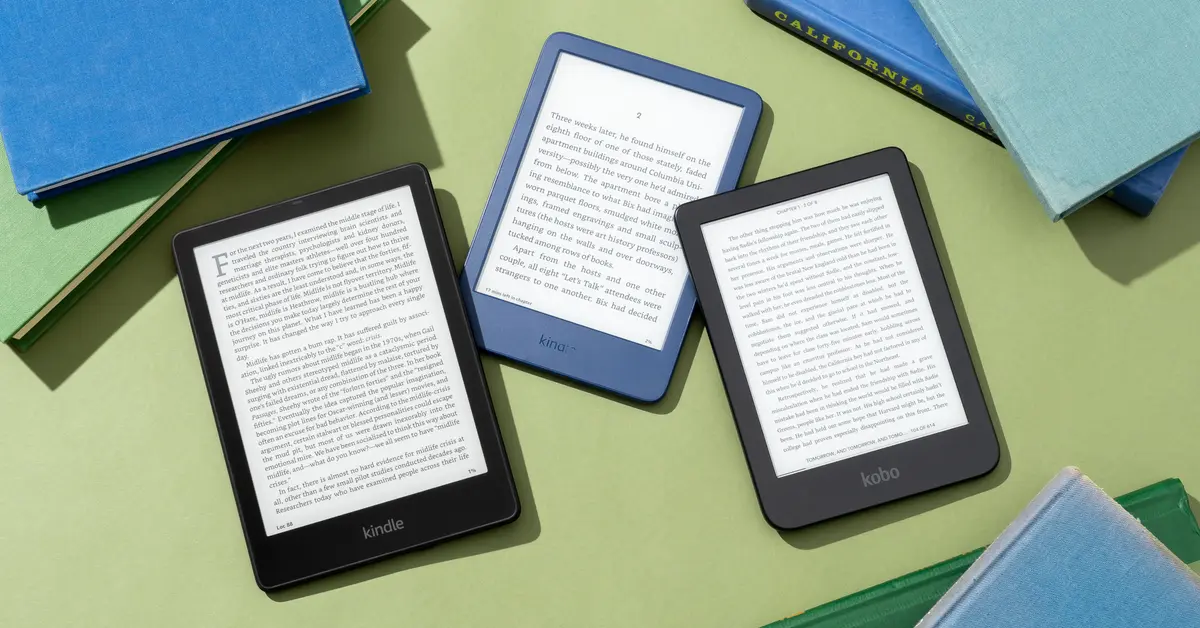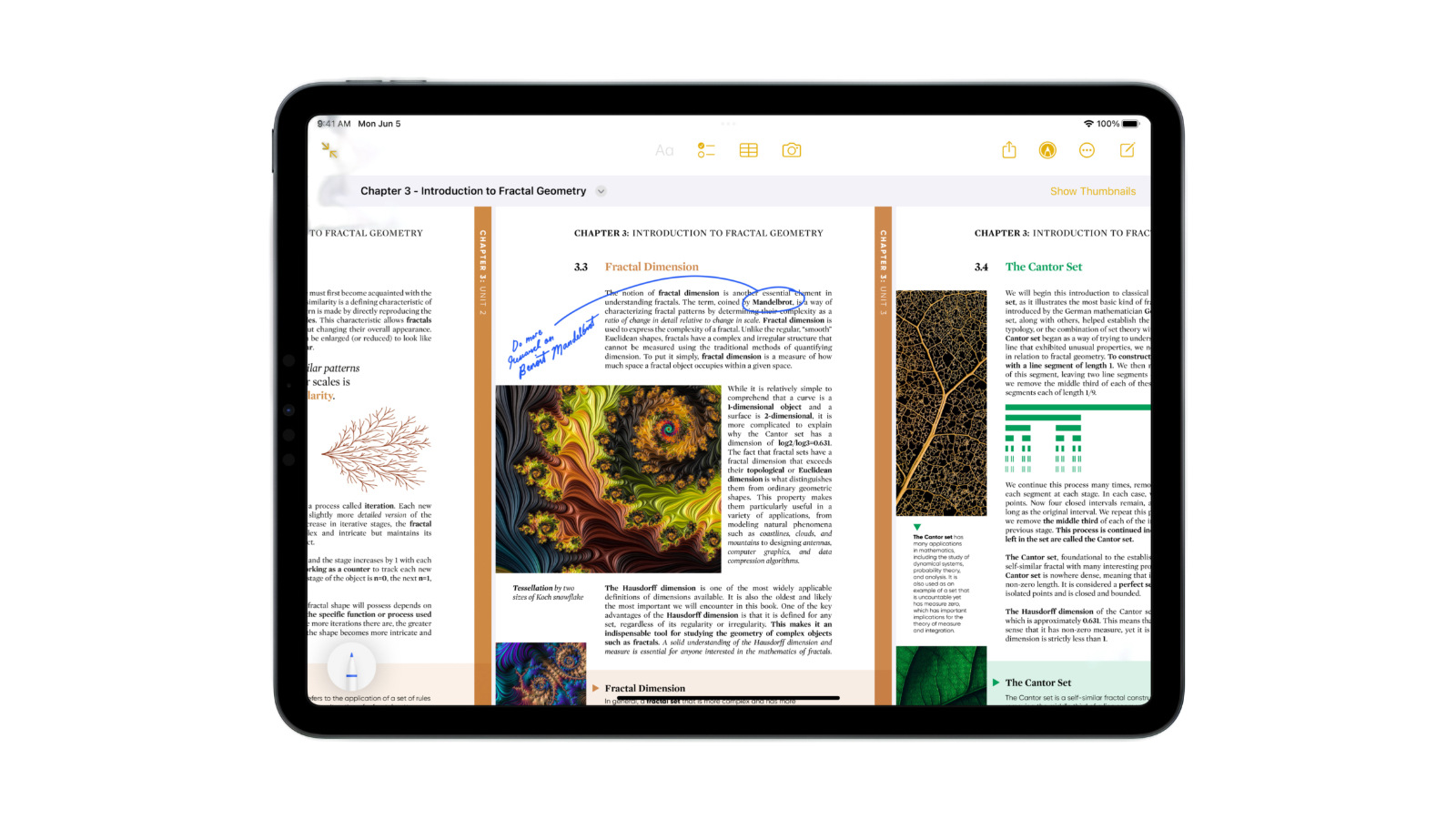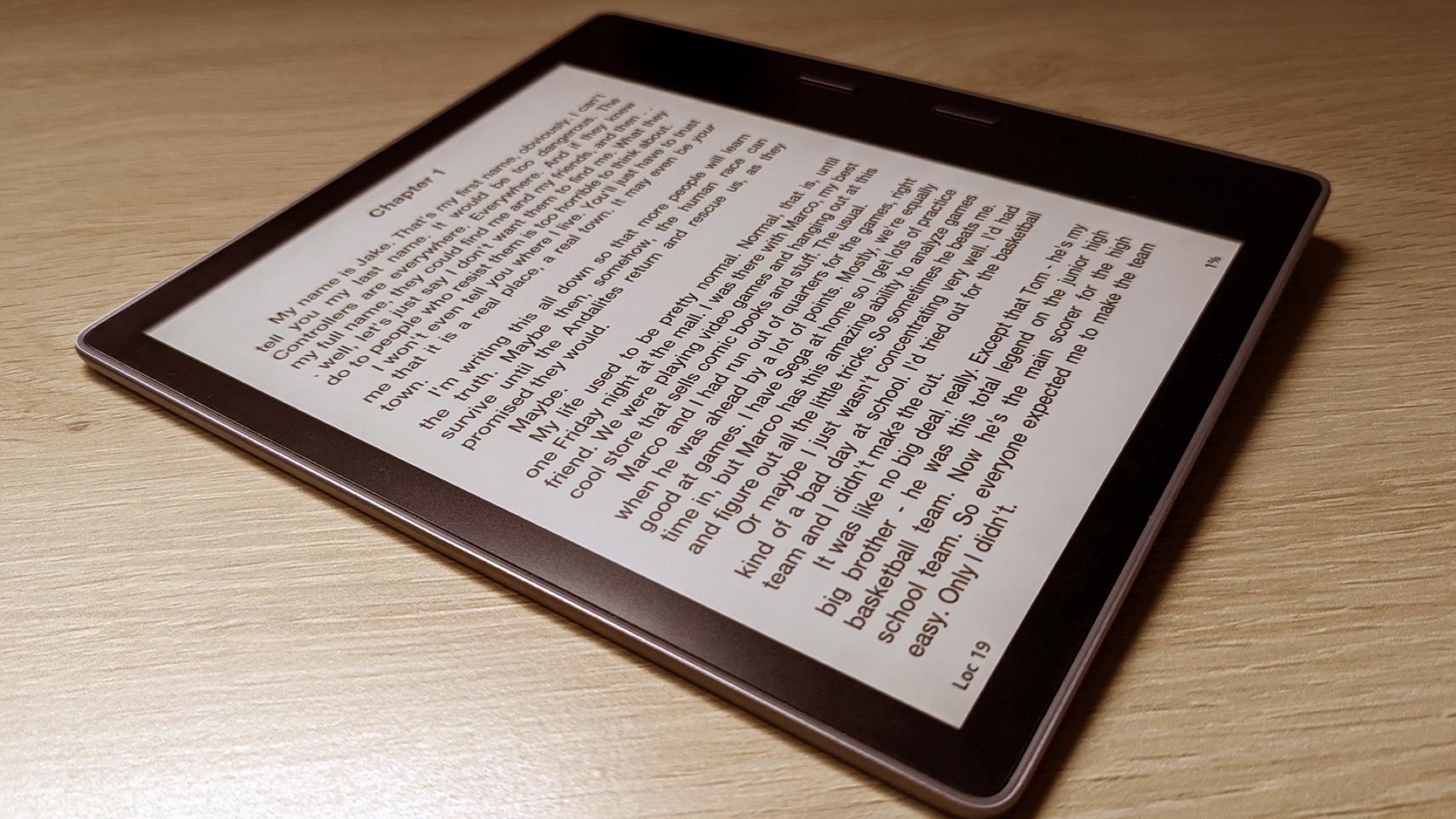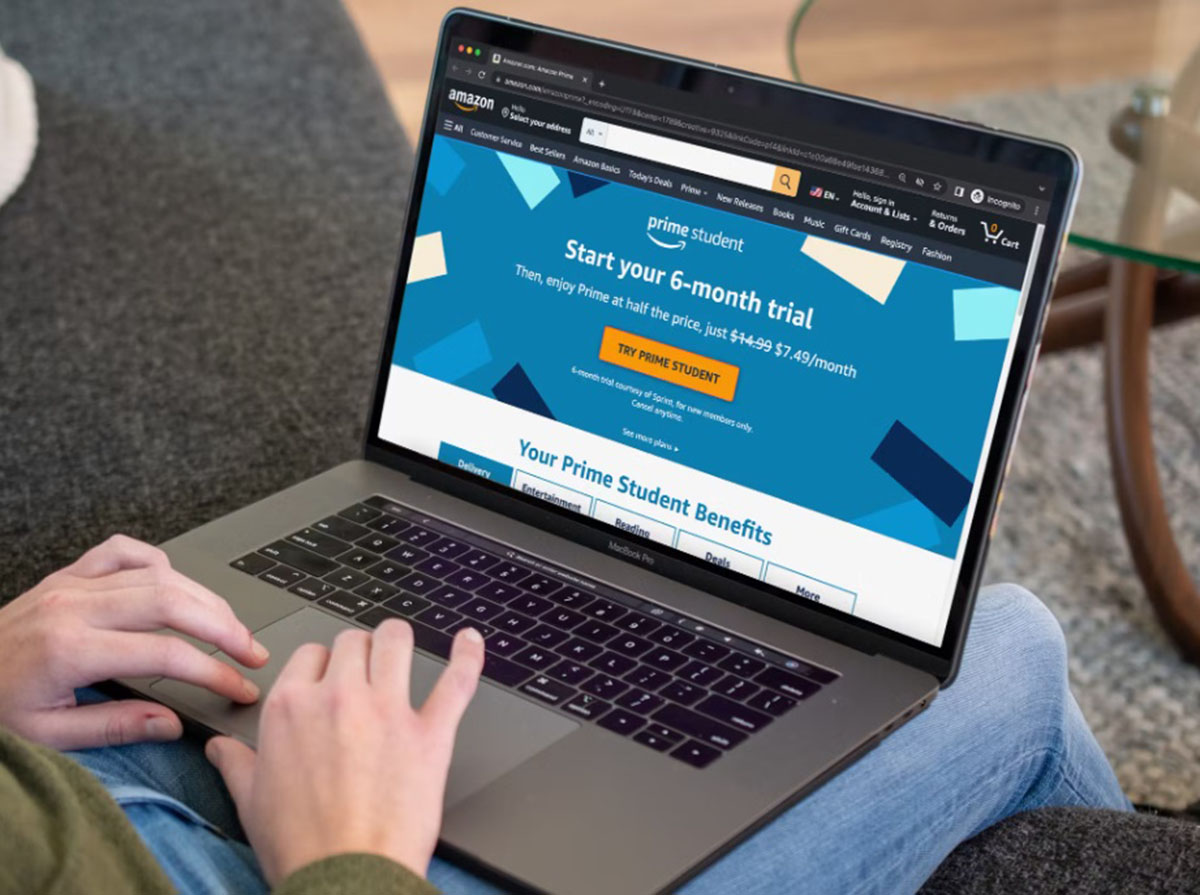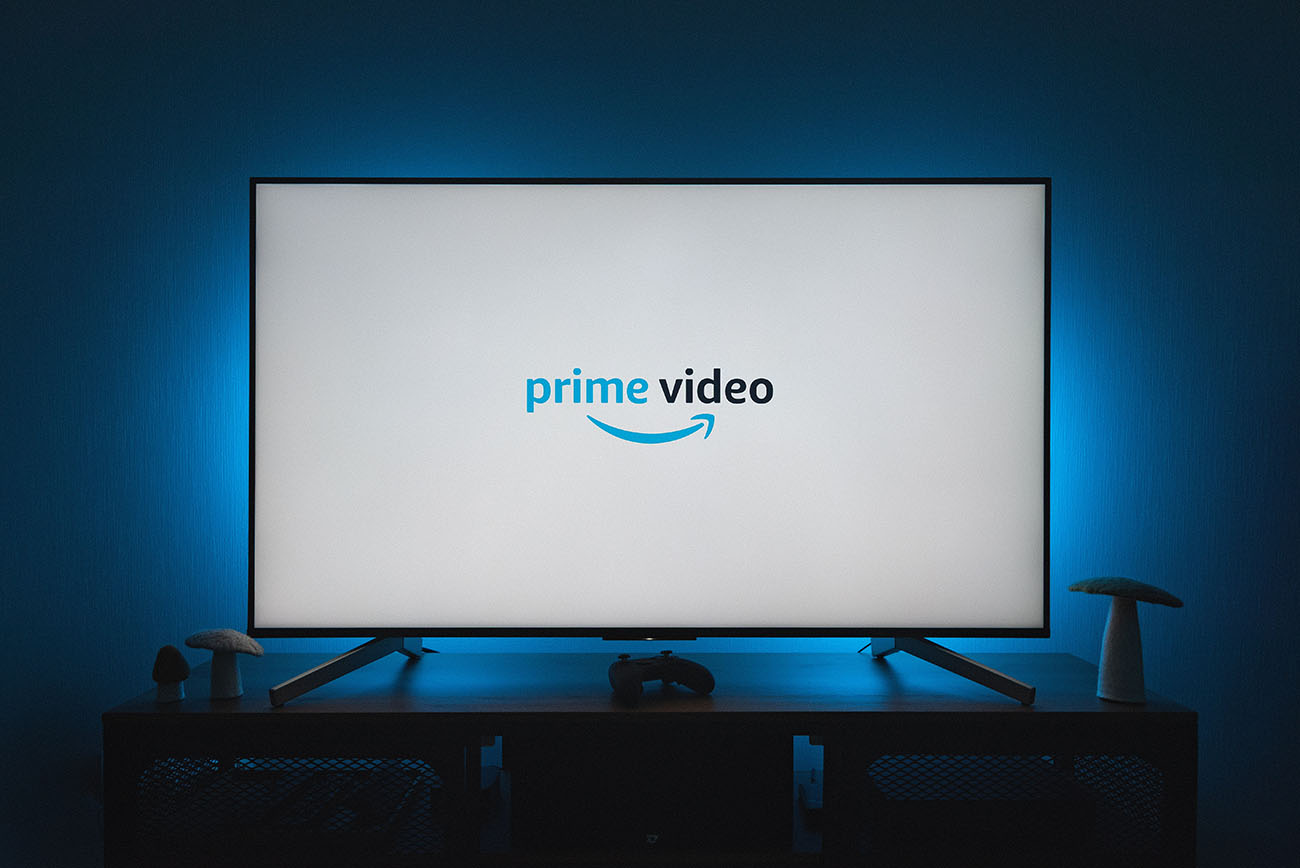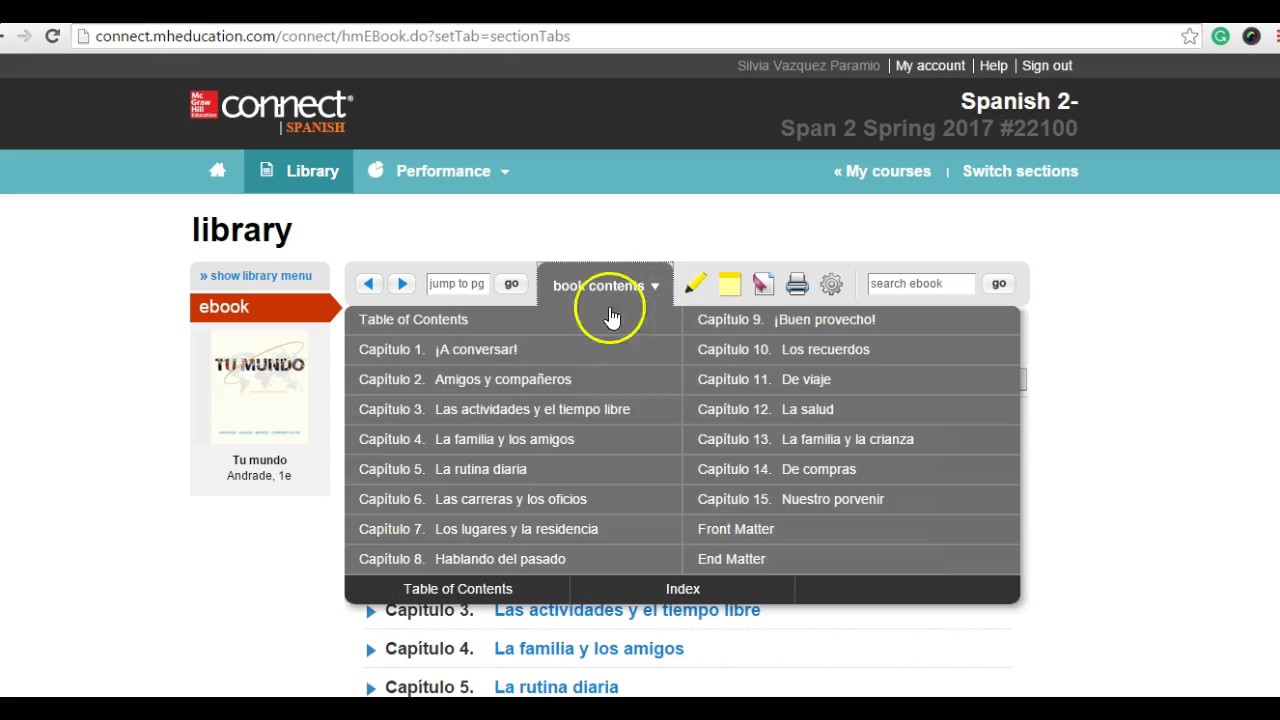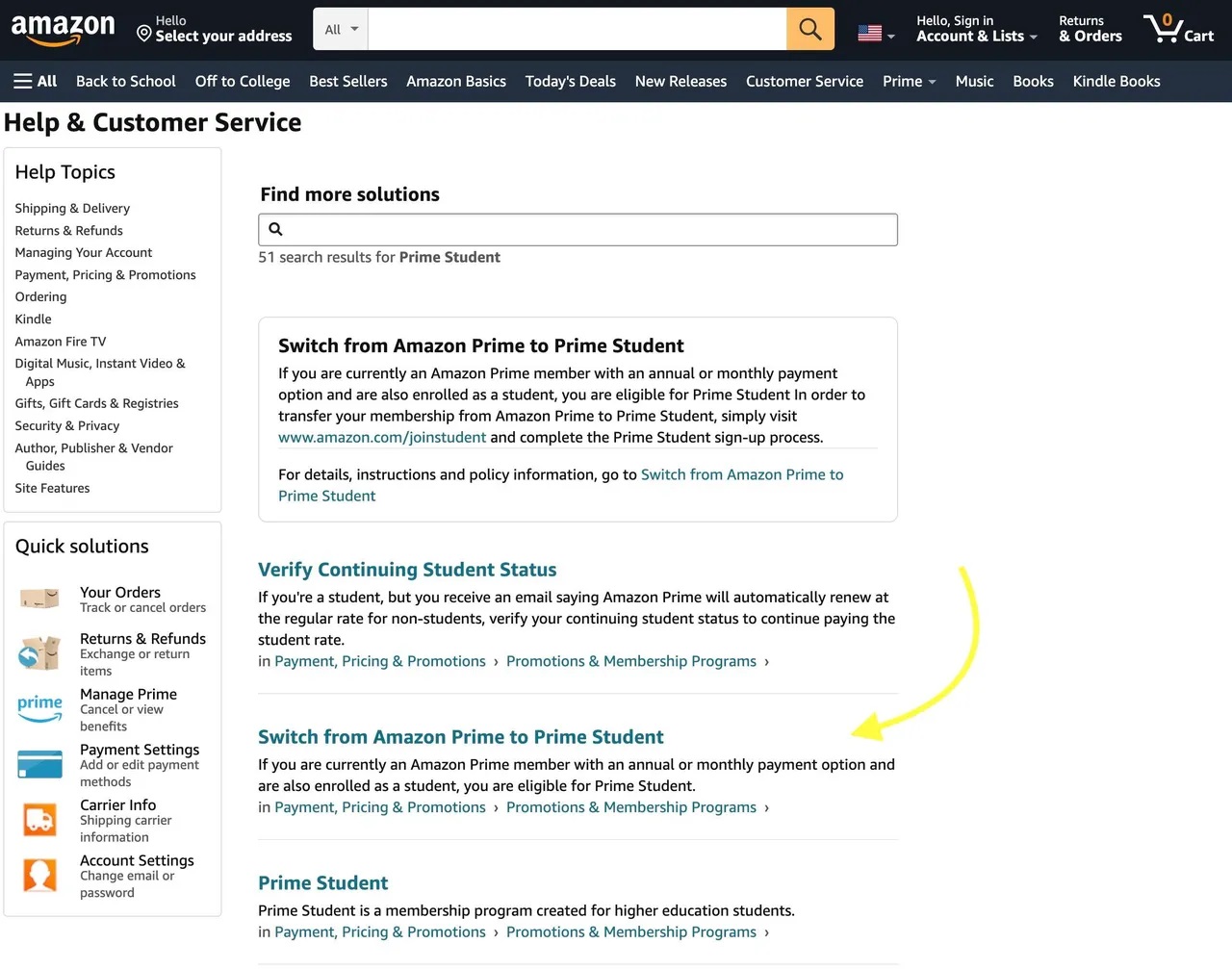Introduction
College textbooks are an essential part of higher education, providing students with the knowledge and resources they need to succeed academically. However, traditional printed textbooks can be bulky, expensive, and difficult to carry around. With the advent of new technology, more and more college students are turning to ereaders as a convenient and cost-effective alternative. In this article, we will explore the benefits of using an ereader for college textbooks and provide insights on factors to consider when choosing the best ereader for your needs.
Ereaders, also known as electronic readers or ebook readers, are lightweight and portable devices that allow you to store and access a vast library of digital books. They typically have a high-resolution screen that mimics the look of ink on paper, making reading a comfortable and enjoyable experience. Ereaders also offer features such as adjustable font sizes, built-in dictionaries, and note-taking capabilities, making it easier for students to study and annotate their textbooks.
One of the key advantages of using an ereader for college textbooks is the cost savings. Traditional printed textbooks can cost hundreds of dollars each semester, putting a significant financial burden on students. In contrast, digital textbooks are often available at a fraction of the price, and some can even be rented or purchased as e-books for a limited period. This not only helps students save money but also reduces the environmental impact of printing and shipping textbooks.
Furthermore, ereaders offer the convenience of having all your textbooks in one compact device. Instead of lugging around heavy backpacks filled with textbooks, students can carry their entire library in their ereader. This not only reduces the physical strain but also enables easy access to books anytime, anywhere. With a simple tap, you can switch between different textbooks, search for specific keywords or phrases, and bookmark important pages for quick reference.
Choosing the best ereader for college textbooks can be overwhelming, with a wide range of options available in the market. Factors to consider include the screen size, resolution, storage capacity, battery life, and compatibility with different ebook formats. Additionally, it is important to consider the accessibility features of the ereader, such as adjustable fonts and text-to-speech capability, to ensure it caters to individual learning needs.
In the following sections, we will delve deeper into these factors and compare popular ereaders for college students. By understanding the benefits and considering the necessary factors, you can make an informed decision and find the best ereader for your college textbooks.
Benefits of Using an Ereader for College Textbooks
Using an ereader for college textbooks offers numerous advantages for students. Here are some key benefits to consider:
- Portability: Ereaders are lightweight and compact, making them easy to carry around. Instead of hauling heavy backpacks filled with multiple textbooks, students can have all their course materials stored in a single device. Whether studying in the library, commuting to class, or traveling, an ereader allows for convenient access to textbooks without the physical strain.
- Cost Savings: College textbooks can be prohibitively expensive, with prices often skyrocketing. Ereaders provide a cost-effective solution by offering digital textbooks at a fraction of the cost of printed versions. Additionally, many online platforms offer rental options, allowing students to save even more money. These cost savings can make a significant difference in a student’s budget.
- Environmentally Friendly: The production of printed textbooks has a significant environmental impact, from deforestation to manufacturing and shipping. By opting for digital textbooks on an ereader, students contribute to reducing paper waste and the carbon footprint associated with book production. Going digital helps create a sustainable and eco-friendly learning environment.
- Convenience and Accessibility: Ereaders provide convenient features that enhance the reading experience. Adjustable font sizes, customizable display settings, and built-in dictionaries make reading more comfortable and accessible. Students can also highlight passages, take notes, and bookmark important pages for easy reference. With instant search capabilities, finding specific information within a textbook becomes quick and effortless.
- Organization: With an ereader, students can have their entire library at their fingertips. Digital textbooks can be neatly organized into folders or categories, allowing for easy retrieval and management. No more searching through stacks of books or losing track of important materials. The organized approach offered by an ereader helps students stay focused and efficient in their studies.
In addition to these benefits, ereaders also support interactive learning by offering multimedia capabilities. Some digital textbooks include videos, interactive quizzes, and supplementary materials that enhance understanding and engagement. Students can enjoy a more immersive learning experience with these multimedia features.
Overall, using an ereader for college textbooks combines convenience, cost savings, environmental responsibility, and helpful features that enhance learning. By embracing digital textbooks, students can optimize their studying experience and streamline their academic journey.
Factors to Consider When Choosing an Ereader for College Textbooks
When selecting an ereader for college textbooks, several crucial factors should be taken into account. Consider the following aspects to ensure you choose the right device for your needs:
- Screen Size and Resolution: The screen size and resolution of an ereader are vital for a comfortable reading experience. Opt for a screen size that suits your preference, taking into consideration factors like portability. A high-resolution display ensures crisp and clear text, reducing strain on the eyes during long study sessions.
- Storage Capacity: Depending on the number and size of textbooks you plan to store, consider an ereader with adequate storage capacity. Ensure it has enough space to accommodate all your course materials, as well as additional digital content or personal documents you may want to access on the device.
- Battery Life: Long battery life is essential to avoid interruptions in your study routine. Look for an ereader with a battery that can last for extended periods without requiring frequent recharging. This ensures that you can access your textbooks and study materials whenever and wherever needed.
- Compatibility: Consider the compatibility of the ereader with different ebook formats. Ensure that the device supports the file types commonly used for college textbooks, such as PDF, EPUB, and MOBI. This enables you to access a wide range of digital textbooks without any compatibility issues.
- Accessibility Features: Pay attention to the accessibility features offered by the ereader. Adjustable font sizes, font styles, and backlight settings are essential for individual reading preferences. Some devices also provide text-to-speech functionality, allowing you to listen to your textbook content, which can be particularly beneficial for students with visual impairments or learning difficulties.
- User-Friendly Interface: An intuitive and user-friendly interface makes navigating through textbooks and accessing features effortless. Look for an ereader with a simple interface, responsive touch controls, and easy-to-use menu options. A user-friendly interface ensures a smooth and enjoyable reading experience.
- Connectivity Options: Consider the connectivity options available on the ereader. Wi-Fi or 3G/4G support allows for seamless downloading of new textbooks, accessing online resources, and syncing annotations and bookmarks across multiple devices. Connectivity also enables you to stay updated with the latest content and features offered by the ereader manufacturer.
Prioritize these factors based on your specific requirements and preferences. Consider visiting a local electronics store to physically explore different ereader models and assess their features firsthand. Reading customer reviews and comparing specifications can also provide valuable insights to help you make an informed decision.
By carefully considering these factors, you can select an ereader that meets your needs, ensuring an optimal reading experience for your college textbooks.
Popular Ereaders for College Students
When it comes to choosing an ereader for college textbooks, there are several popular options available that cater specifically to the needs of students. Here are some of the most popular ereaders among college students:
- Kindle Paperwhite: The Kindle Paperwhite has long been a favorite among avid readers. It features a high-resolution display, adjustable front lighting, and a compact design that makes it easy to carry around. With its extensive library of eBooks available on the Kindle Store and its long battery life, the Kindle Paperwhite is an excellent choice for college students.
- Kobo Clara HD: The Kobo Clara HD offers an impressive display, adjustable front lighting, and a lightweight design. With its seamless integration with the Kobo eBookstore and compatibility with various ebook formats, including EPUB, the Kobo Clara HD is a popular choice among students who prefer a versatile reading experience.
- Apple iPad: While not strictly an ereader, the Apple iPad with its large, high-resolution Retina display and powerful hardware offers an immersive reading experience. With access to the Apple Books app as well as other ebook reading apps like Kindle, Nook, and Kobo, the iPad provides a wide range of options for accessing and reading college textbooks.
- NOOK GlowLight Plus: The NOOK GlowLight Plus by Barnes & Noble is known for its sharp display, waterproof design, and long battery life. It supports various ebook formats and provides access to the Barnes & Noble eBookstore. Additionally, the NOOK GlowLight Plus offers customizable fonts, making it a great choice for students with specific accessibility needs.
- Onyx Boox Note Air: The Onyx Boox Note Air is a powerful ereader that combines a large, high-resolution E-Ink display with note-taking capabilities. It offers a digital note-taking experience, allowing students to write and annotate directly on the screen with a stylus. With its versatile functionality and support for various ebook formats, it is an ideal choice for students who value both reading and note-taking in one device.
Remember, the best ereader for you depends on your specific needs and preferences. Consider factors such as screen size, storage capacity, battery life, and compatibility with ebook formats when choosing an ereader that suits your requirements.
It’s always a good idea to read customer reviews, compare features, and perhaps even try out different devices firsthand before making a final decision. By selecting a popular ereader that aligns with your needs, you can enhance your college experience by accessing textbooks and study materials in a convenient and efficient manner.
Comparison of Ereaders for College Textbooks
When it comes to choosing an ereader for college textbooks, comparing different devices can help you make an informed decision. Here is a comparison of some key features and factors to consider when selecting an ereader:
- Screen Size and Resolution: Kindle Paperwhite and Kobo Clara HD have similar 6-inch displays with high resolution, ensuring crisp and clear text. Apple iPad offers a larger screen size, providing a more immersive reading experience.
- Storage Capacity: Kindle Paperwhite and Kobo Clara HD typically offer 8GB of storage, allowing you to store thousands of ebooks. In contrast, Apple iPad offers various storage options, ranging from 32GB to 1TB, providing ample space for textbooks, multimedia content, and other files.
- Battery Life: Kindle Paperwhite and Kobo Clara HD have excellent battery life, lasting for weeks on a single charge. Apple iPad offers a shorter battery life due to its more extensive functionality and power requirements.
- Compatibility: Kindle Paperwhite and Kobo Clara HD support a wide range of ebook formats, including popular ones like PDF and EPUB. Apple iPad offers compatibility with various ebook formats as well as the option to download reading apps for different platforms.
- Accessibility Features: Kindle Paperwhite and Kobo Clara HD allow for adjustable fonts, font styles, and backlight settings, catering to individual reading preferences. Apple iPad offers additional accessibility features like voiceover and dynamic text, benefiting students with specific needs.
- User-Friendly Interface: Kindle Paperwhite and Kobo Clara HD have intuitive interfaces with easy-to-use menu options and responsive touch controls. Apple iPad, with its iOS operating system, provides a user-friendly interface familiar to many Apple device users.
- Connectivity Options: Kindle Paperwhite and Kobo Clara HD offer Wi-Fi connectivity, allowing for seamless downloading and syncing of ebooks. Apple iPad provides Wi-Fi or cellular connectivity, enabling online access to textbooks, resources, and other educational materials.
Each ereader has its strengths and caters to different preferences and requirements. Kindle Paperwhite and Kobo Clara HD focus primarily on reading capabilities, offering a more dedicated reading experience. Apple iPad, on the other hand, provides a broader range of functionalities and can serve as both an ereader and a multipurpose tablet.
Consider your priorities, such as reading experience, multimedia capabilities, and budget, when comparing these ereaders. Reading customer reviews and seeking recommendations from fellow students can also help you gauge the overall satisfaction and performance of the devices.
Ultimately, the best ereader for college textbooks is the one that aligns with your specific needs, preferences, and academic objectives. Take the time to thoroughly assess and compare the different options before selecting the ereader that will enhance your college experience and support your academic endeavors.
Conclusion
Ereaders have transformed the way college students access and interact with their textbooks. The benefits of using an ereader for college textbooks are clear: portability, cost savings, environmental friendliness, convenience, and enhanced reading features. By embracing digital textbooks, students can streamline their studies, save money, and contribute to a more sustainable learning environment.
When choosing an ereader for college textbooks, it’s crucial to consider factors such as screen size, resolution, storage capacity, battery life, compatibility, accessibility features, and user-friendliness. Popular ereaders for college students include Kindle Paperwhite, Kobo Clara HD, Apple iPad, NOOK GlowLight Plus, and Onyx Boox Note Air. Each has its unique features and caters to different preferences, so it’s important to select the one that aligns with your specific needs and priorities.
Before making a final decision, read customer reviews, compare specifications, and perhaps even try out different devices in person. By doing so, you can ensure that the ereader you choose enhances your reading experience, aids in organizing your textbooks, and supports your academic achievements.
Whether you opt for the compact and focused reading experience of Kindle Paperwhite or Kobo Clara HD, or the versatility of an iPad, an ereader can be a valuable tool for college students. It empowers you to carry your entire library in your bag, access textbooks anytime and anywhere, and customize your reading experience to suit your preferences.
In conclusion, the advent of ereaders has revolutionized the way we approach college textbooks. Embrace the digital age and choose the right ereader for your needs, allowing you to embark on your academic journey with convenience, accessibility, and enhanced learning possibilities.







